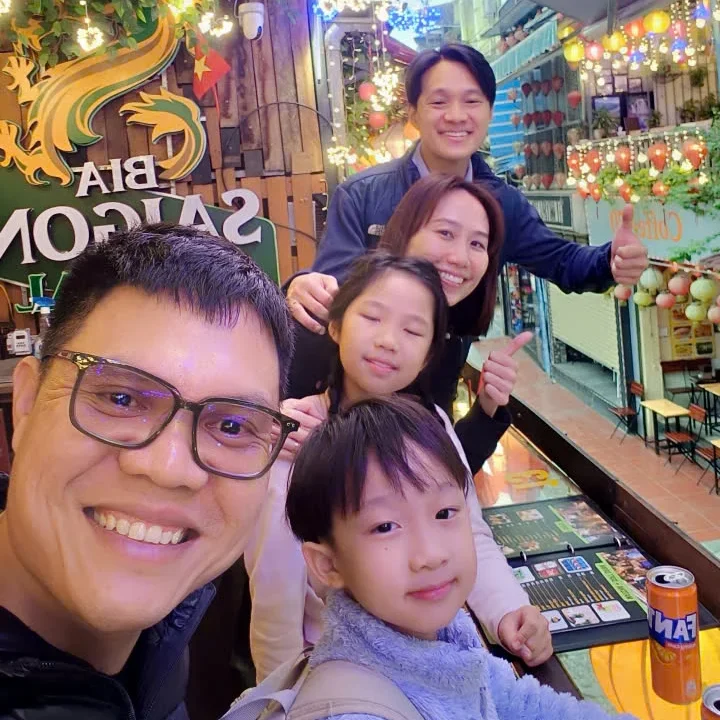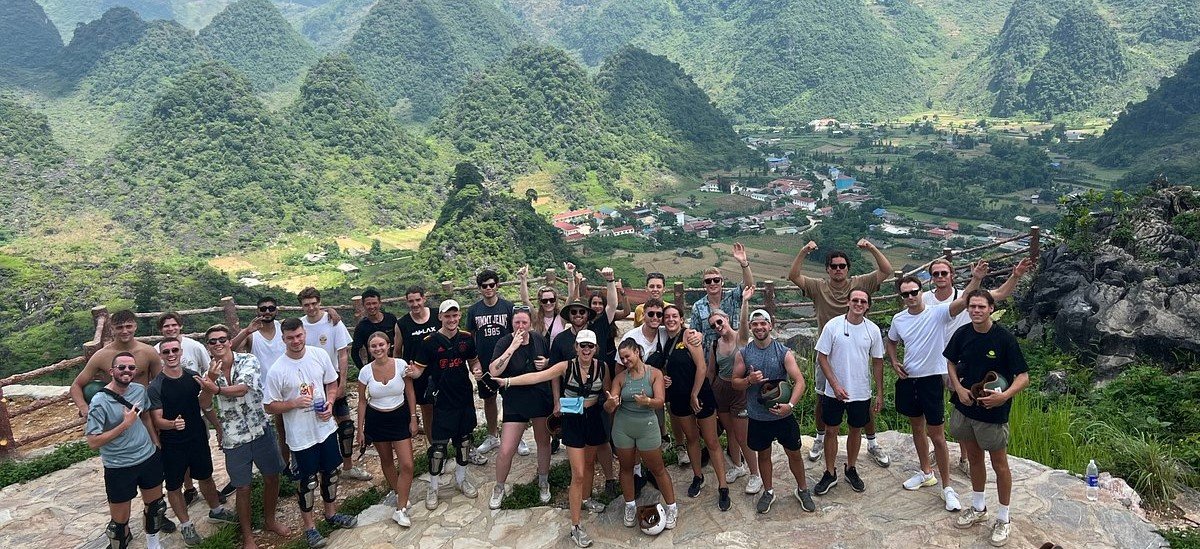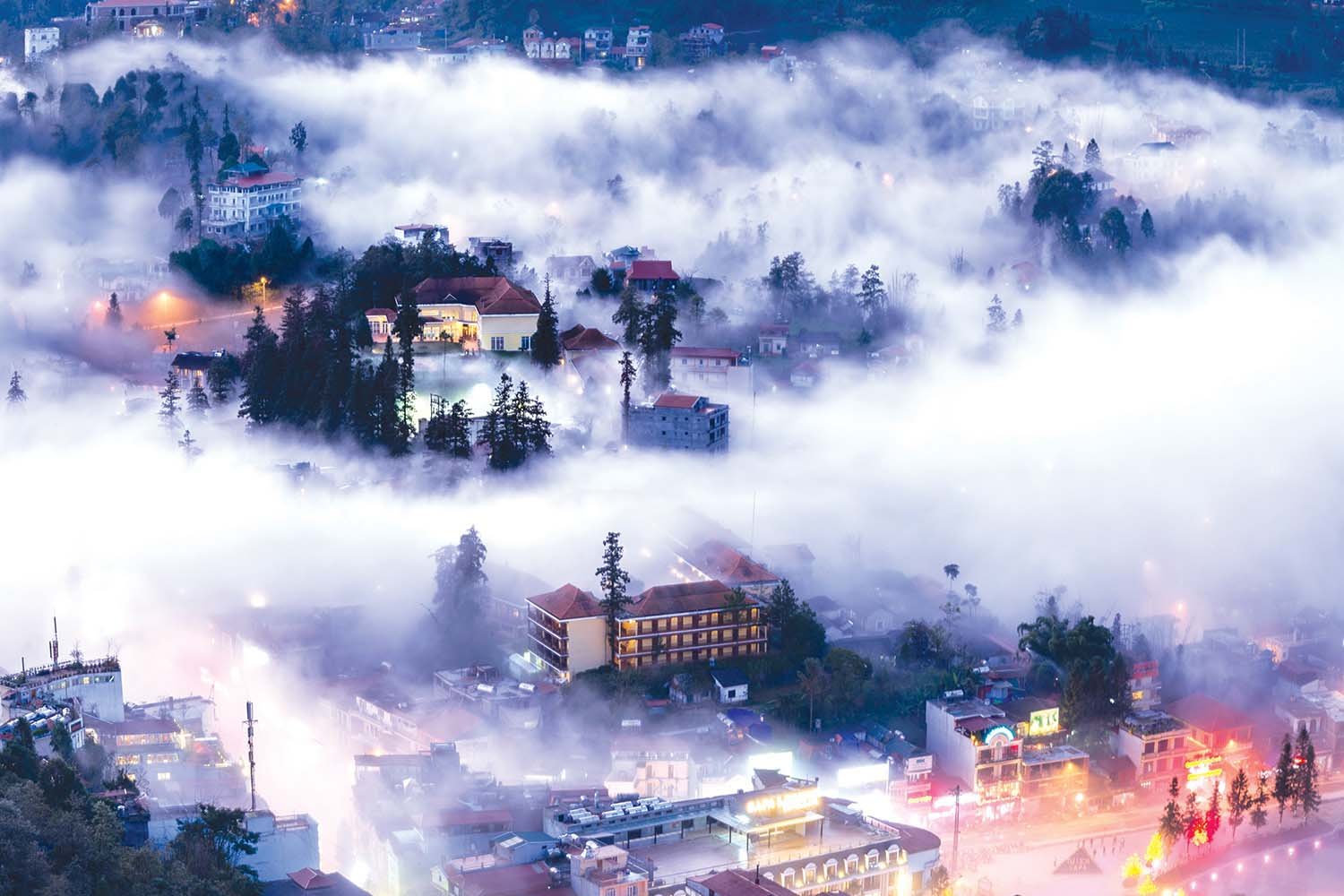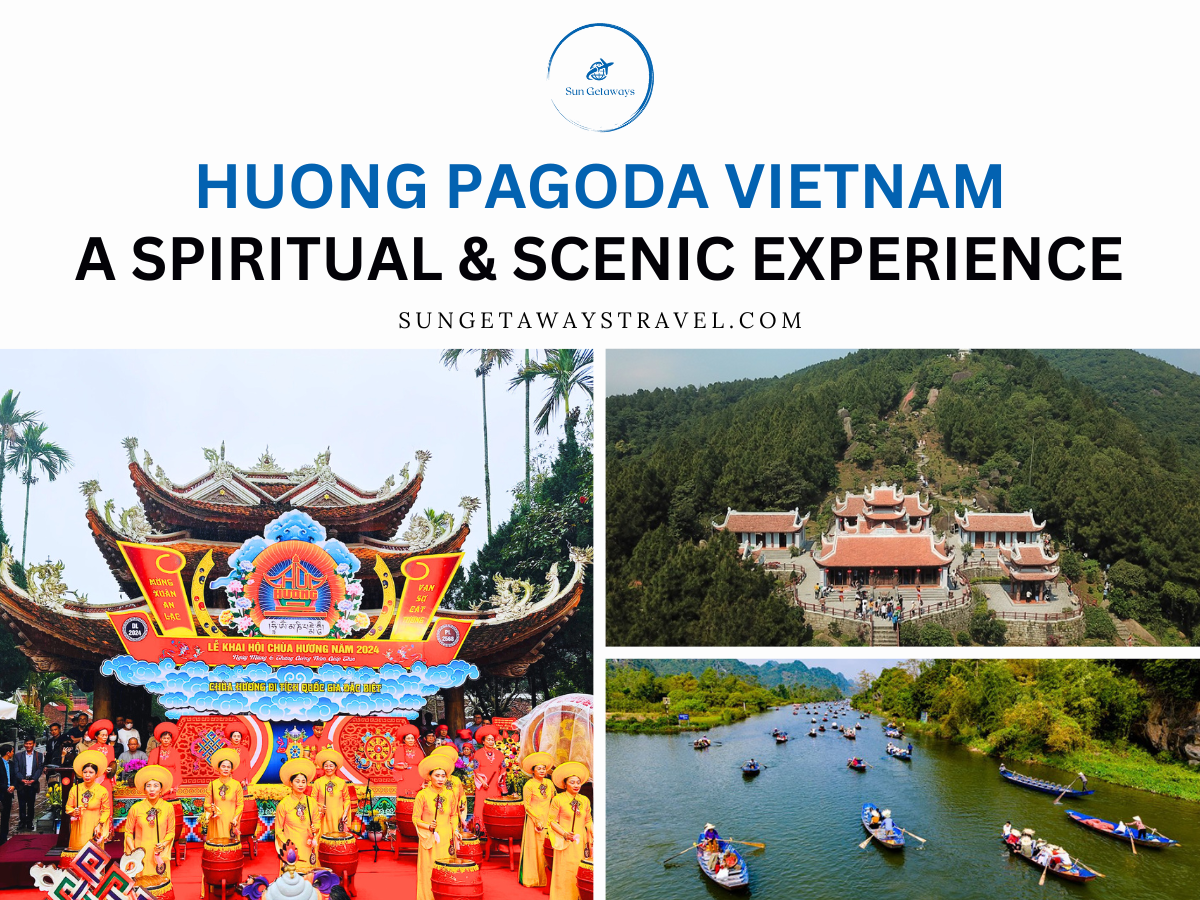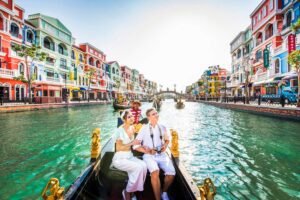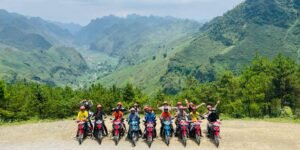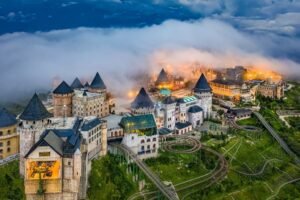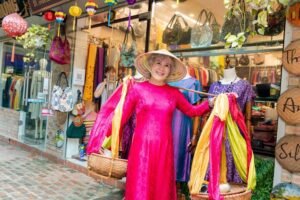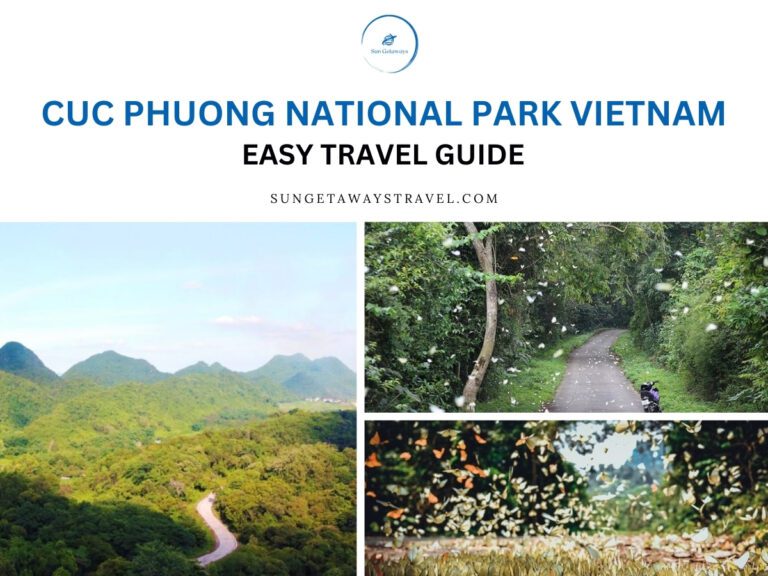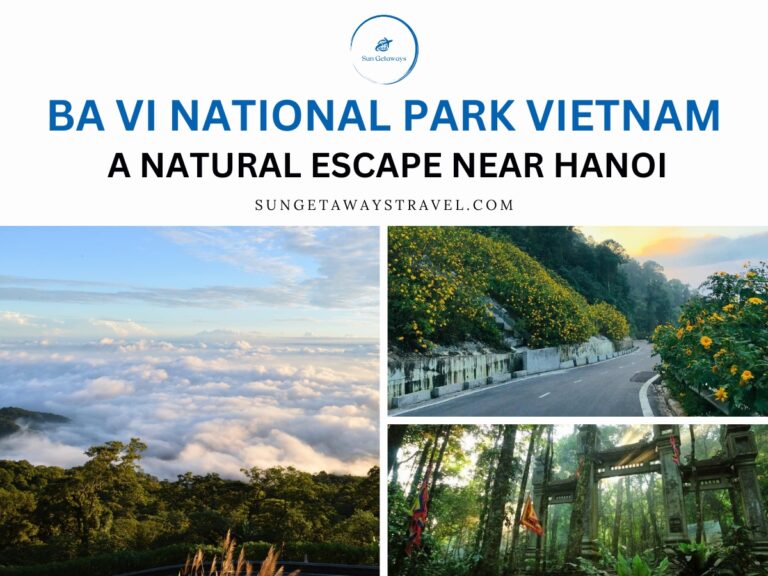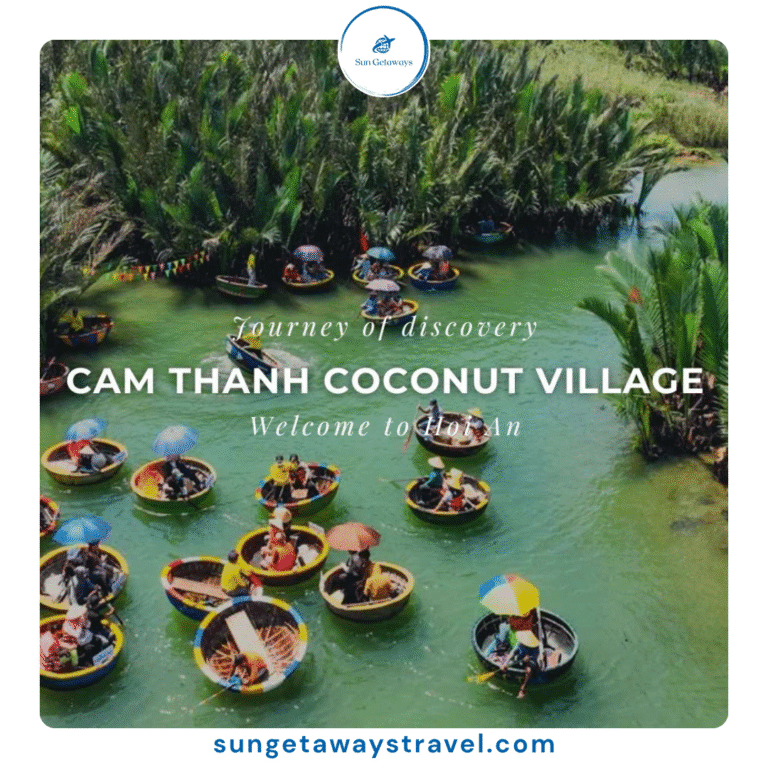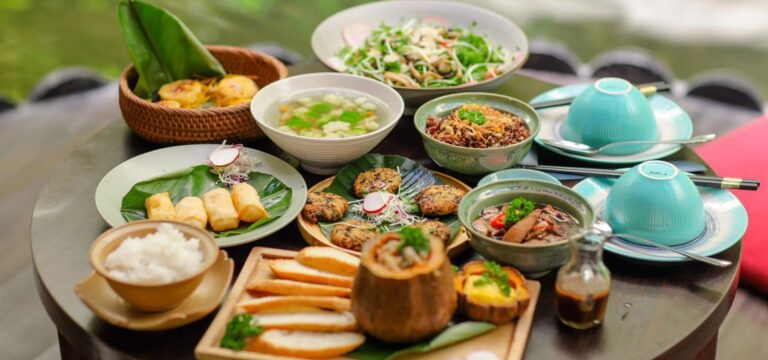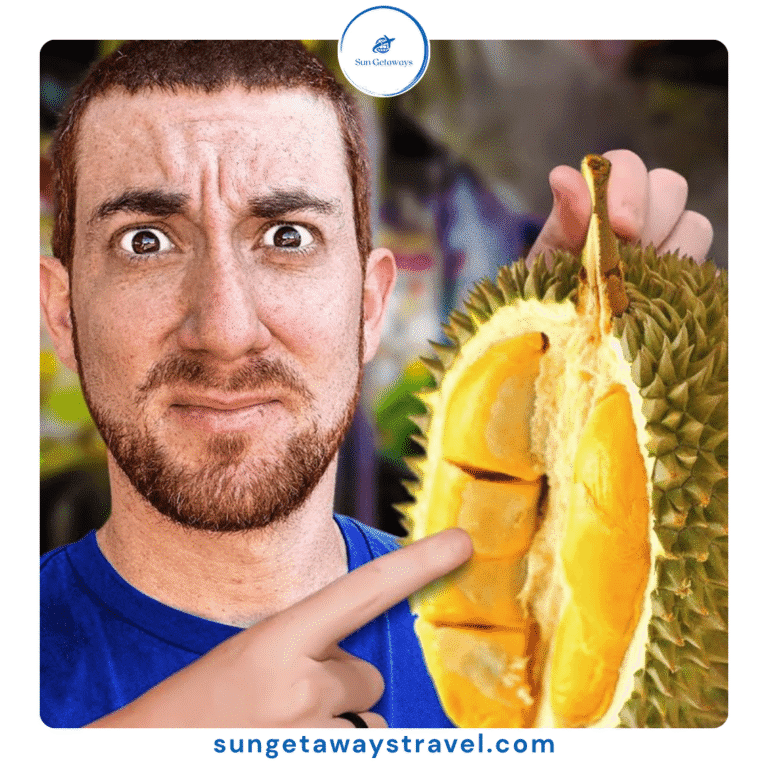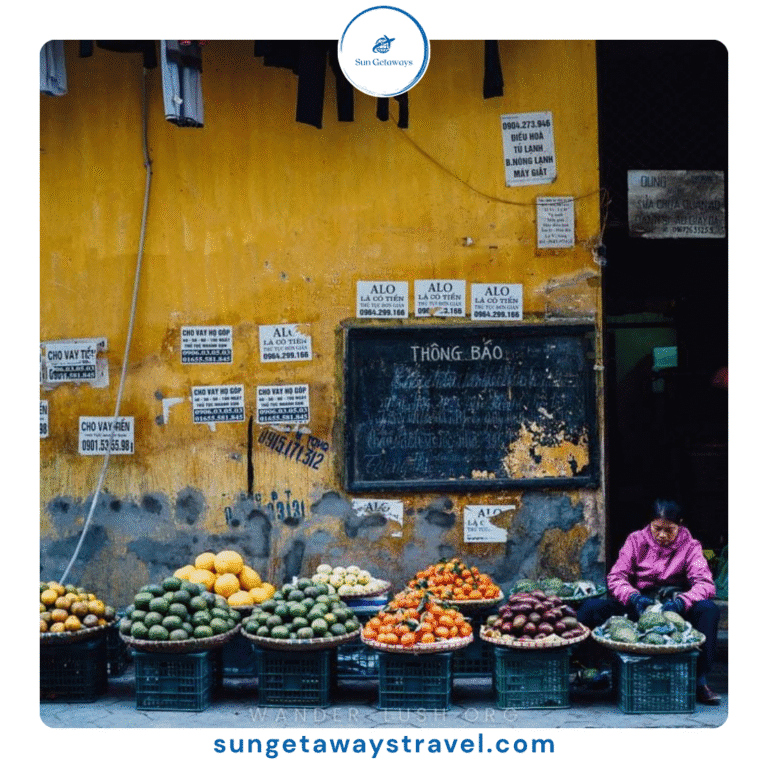Huong Pagoda Vietnam – A Spiritual & Scenic Experience
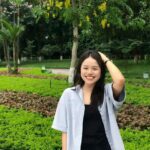 PhamDuong
PhamDuong Located in My Duc District, Hanoi, Huong Pagoda Vietnam is one of the most iconic spiritual and scenic sites in Northern Vietnam. It combines cultural, religious, and natural values, attracting both pilgrims and travelers. A highlight for many visitors is the peaceful boat trip along Yen Stream before reaching the sacred cave. Every spring, the lively Huong Pagoda Festival Vietnam draws thousands of locals and international tourists.
1. Introduction to Huong Pagoda Vietnam
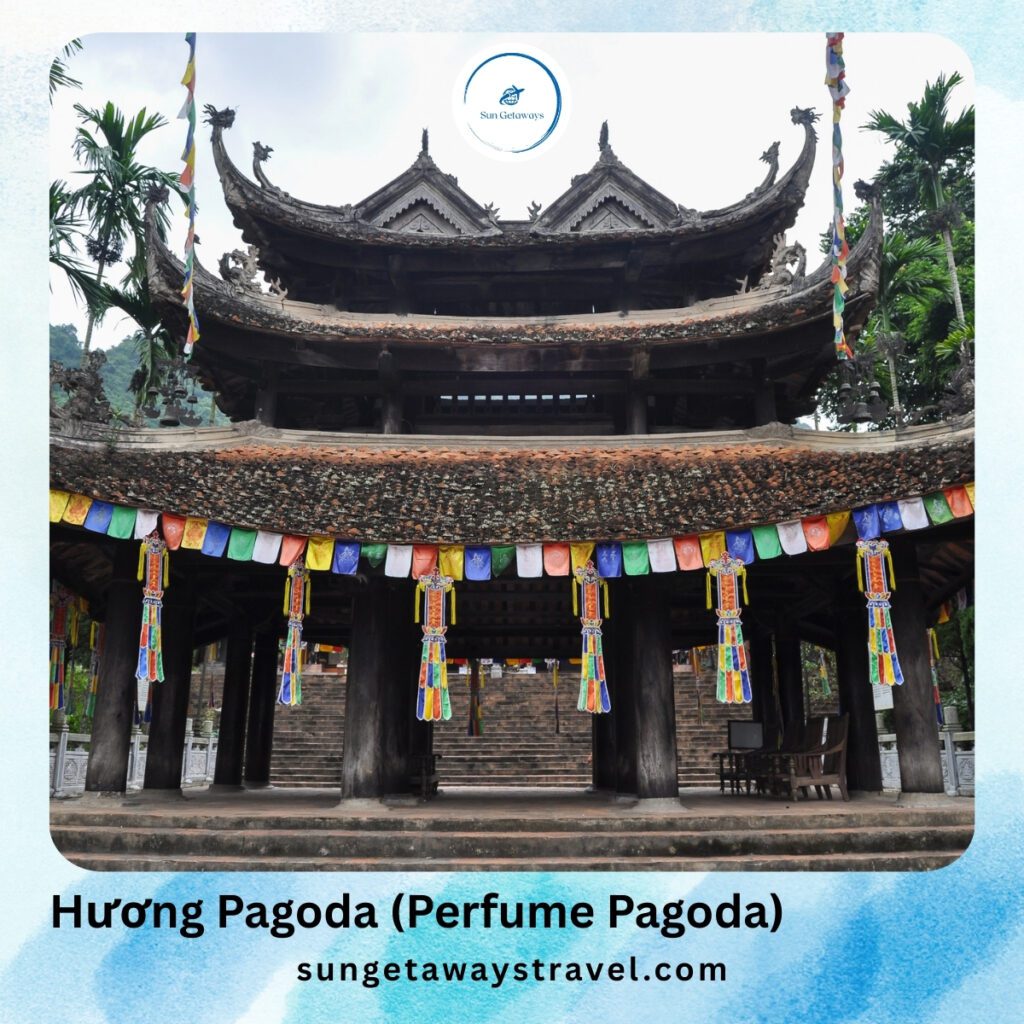

1.1. What is Huong Pagoda Vietnam?
Huong Pagoda Vietnam, known as Perfume Pagoda, is a vast complex of Buddhist temples and shrines located in My Duc District, about 60 kilometers southwest of Hanoi. Unlike a single temple, it covers a large area of mountains, caves, and streams. For centuries, it has been regarded as a sacred place for worshiping Avalokiteshvara Bodhisattva and seeking blessings.
1.2. Why is it famous among travelers?
This site stands out because it offers both spiritual and scenic experiences. Pilgrims visit to pray for luck, health, and happiness, while tourists are fascinated by the natural limestone formations, hidden grottoes, and tranquil atmosphere. The highlight is the journey itself, combining a boat trip, hiking, and visits to ancient temples.
1.3. Best time to visit Perfume Pagoda Vietnam
The best time to visit is from January to March, when spring weather is pleasant and the famous Perfume Pagoda Festival Vietnam takes place. During this period, the whole complex becomes lively with pilgrims and travelers joining cultural and religious activities.
Outside of the festival season, the site is much quieter. This allows visitors to fully enjoy the peaceful landscapes, boat rides, and spiritual atmosphere without large crowds. No matter the time of year, Huong Pagoda remains a captivating destination.
2. How to Get to Huong Pagoda from Hanoi
2.1. Traveling by bus, car, or motorbike
The journey starts with a 60-kilometer trip from Hanoi to Bến Đức (Duc Wharf). Visitors can choose buses, private cars, or motorbikes depending on their preferences. Public buses are budget – friendly, while cars and motorbikes provide more flexibility.
👉 For more details on how to get from Hanoi, including schedules and tips, check out our full transportation guide.
2.2. The boat trip along Yen Stream
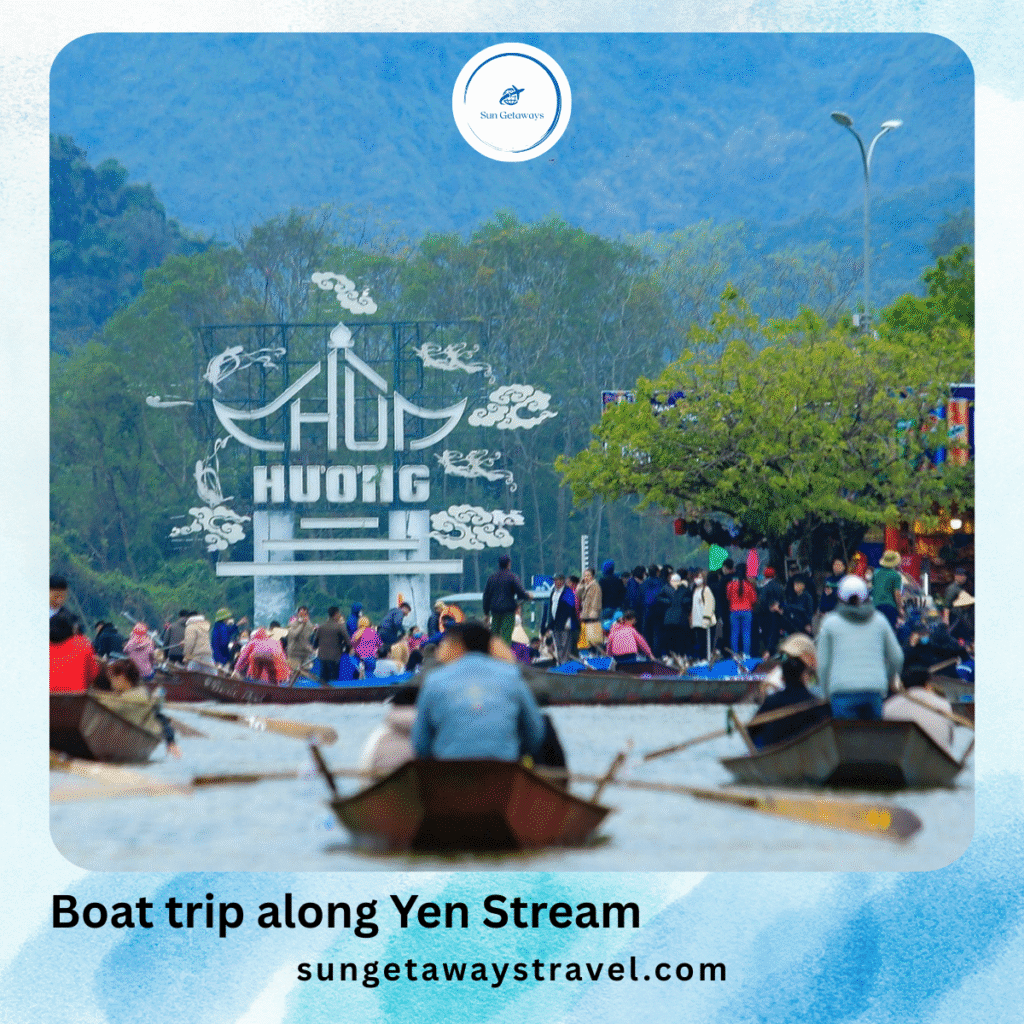

From Duc Wharf, travelers take a boat ride along the scenic Yen Stream. Surrounded by rice fields, limestone cliffs, and blooming apricot trees in spring, this boat trip is often described as the most beautiful part of the journey. It’s not just transportation, but also a cultural and spiritual experience.
2.3. Hiking or cable car to Huong Tich Cave
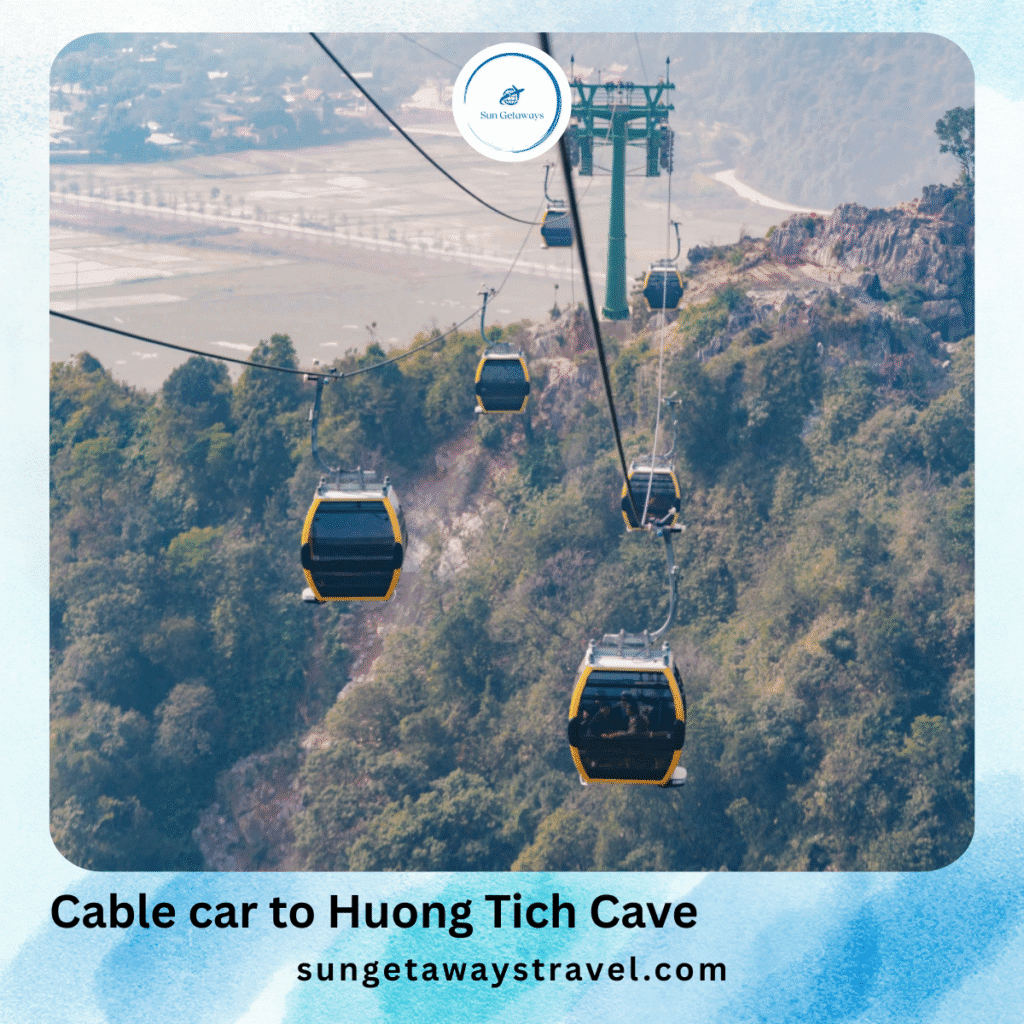

After the boat ride, visitors can hike up mountain paths or take the cable car system to reach Huong Tich Cave. Hiking allows travelers to fully appreciate the natural beauty, while the cable car offers a faster and more comfortable option. This combination makes how to get to Huong Pagoda from Hanoi an adventure in itself.
Want everything arranged just the way you like it? Create your own customized tour to Huong Pagoda and beyond.
3. Exploring the Sacred Complex of Huong Pagoda Vietnam
The complex of Perfume Pagoda is not a single temple, but a vast spiritual and cultural site scattered across the Yen Stream valley.
3.1. Huong – Thien Area (Central Zone)
The Huong – Thien area is the heart of the complex, where the two most famous sites are located: Thien Tru Pagoda (Outer Pagoda) and Huong Tich Cave (Inner Pagoda). Thien Tru Pagoda, also known as the Outer Pagoda, stands near the boat landing area and is recognized for its unique three – gate entrance and ancient bell tower with a distinctive triangular roof design.
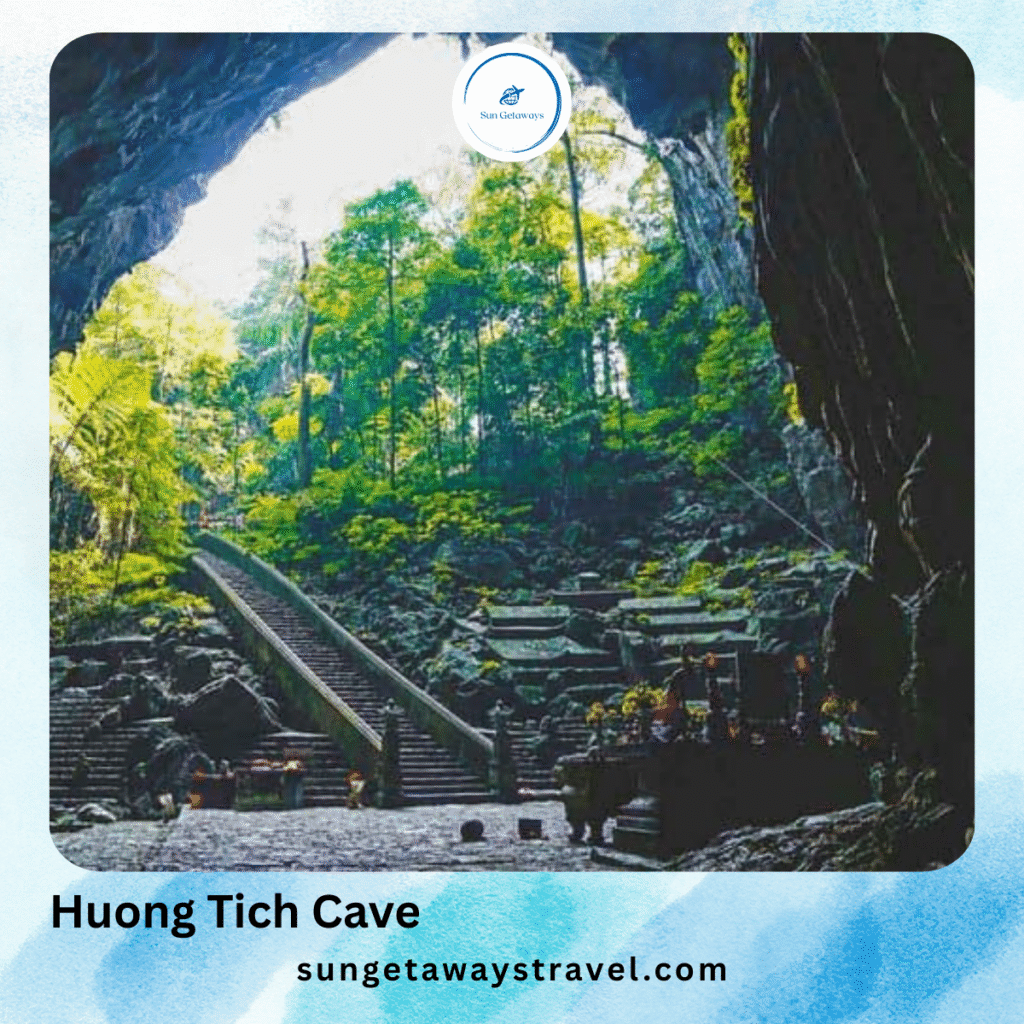

Huong Tich Cave, meanwhile, is a natural limestone cave regarded as the “First Cave of the South” (Nam Thien De Nhat Dong). Its entrance features stone steps with historical inscriptions dating back to 1770 by Lord Trinh Sam, making it not only a spiritual but also a cultural treasure.
3.2. Thanh Huong Area
This zone includes Thanh Son Pagoda and Huong Dai Cave, surrounded by peaceful natural landscapes. It is less crowded than the central area, offering visitors a quiet place for meditation and prayer. The Thanh Huong area lies along the pilgrimage routes, making it fairly accessible for those exploring beyond the main sites.
3.3. Long Van Area
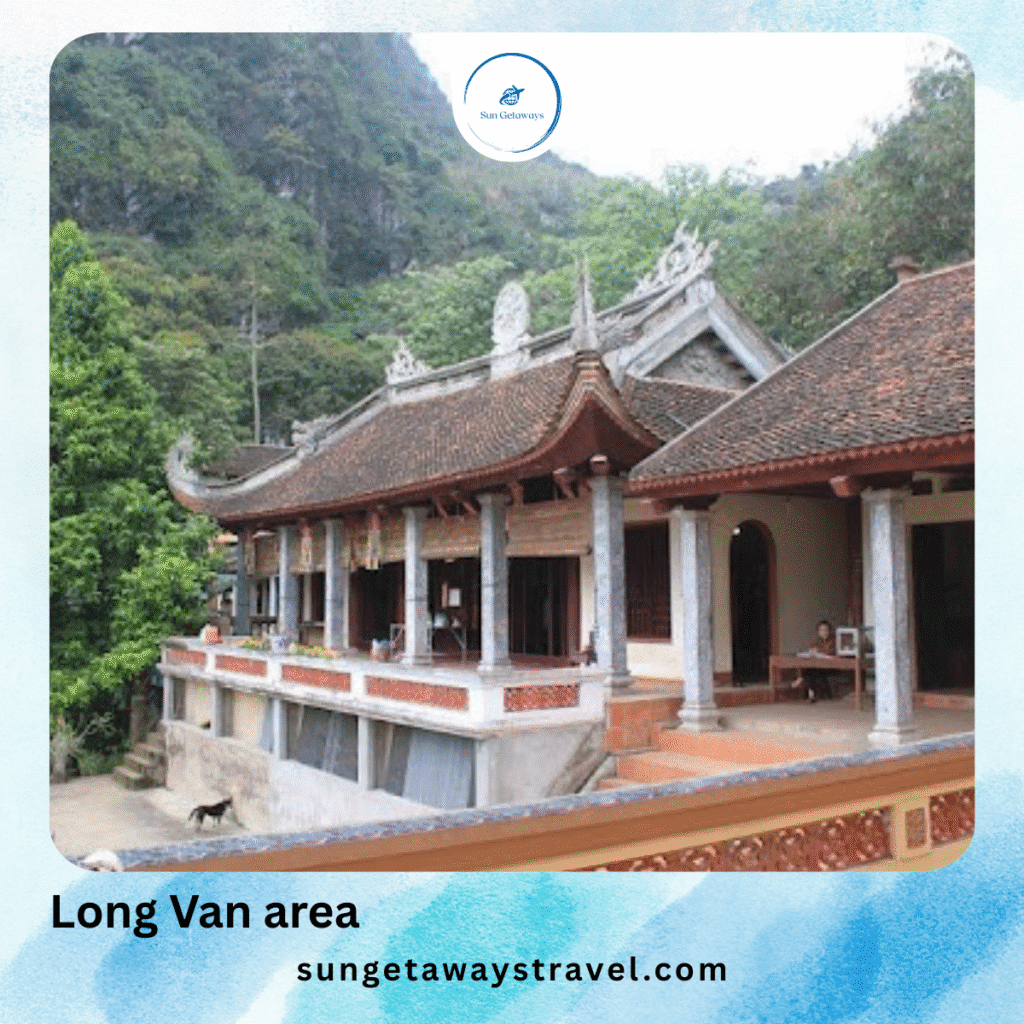

The Long Van area is home to Long Van Pagoda, Long Van Cave, Cay Khe Cave, and Thanh Hoa Cave. These sites are closely connected with local legends and Buddhist practices, making them important stops during pilgrimages.
3.4. Tuyet Son Area
The Tuyet Son area consists of Bao Dai Pagoda, Ngoc Long Cave, Ngu Tri Pagoda (also known as Fish Pagoda), and Phu Yen Shrine. This section highlights both religious worship and cultural heritage, reflecting the harmony between Buddhism and local beliefs.
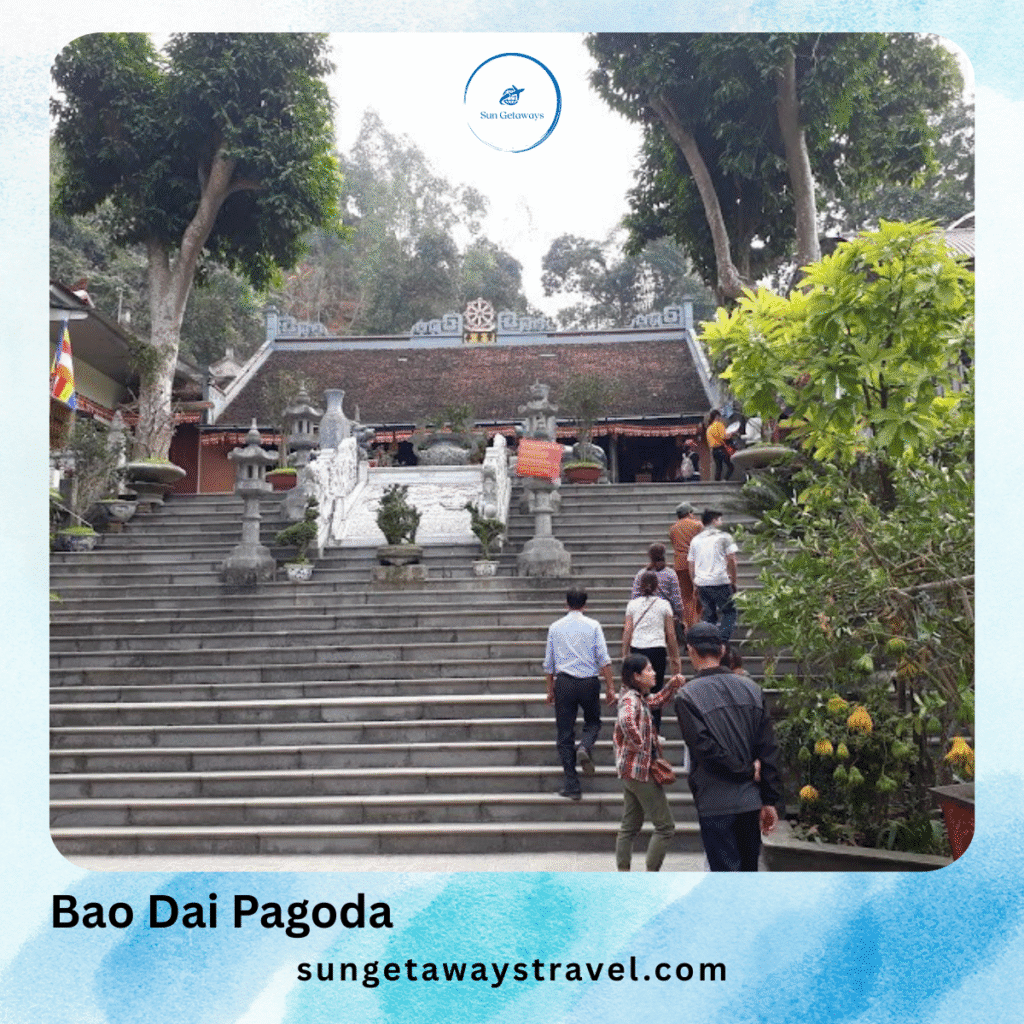

Together, these four zones form the sacred complex of Huong Pagoda Vietnam, blending natural wonders with centuries – old religious architecture. Pilgrims and tourists alike are drawn not only by the spiritual atmosphere but also by the breathtaking landscapes of mountains, caves, and the poetic Yen Stream.
👉 If you’re fascinated by spiritual landmarks like these, explore more ancient temples and pagodas in nearby Ninh Binh here.
4. Perfume Pagoda Festival Vietnam
4.1. When does the festival take place?
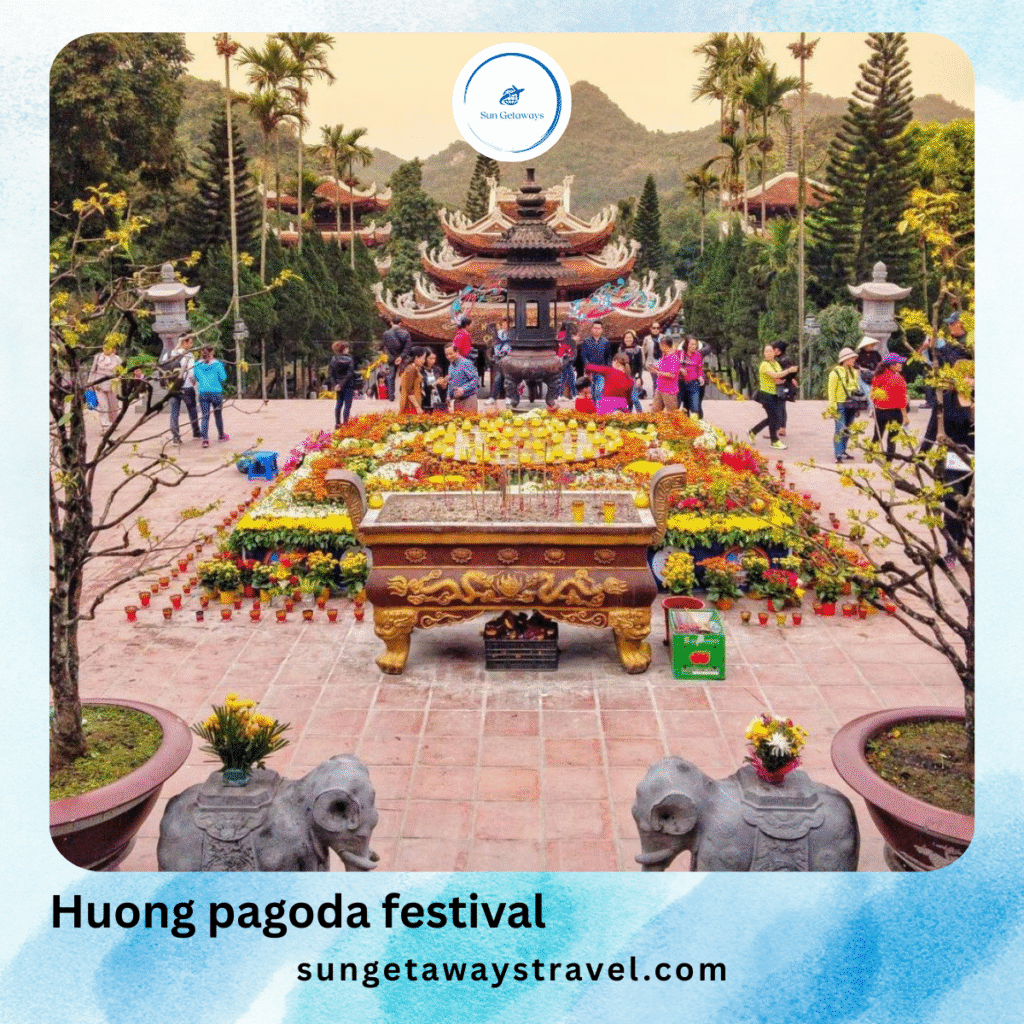

The Perfume Pagoda Festival Vietnam is held annually from the 6th day of the first lunar month until the end of the third lunar month. The official opening day is marked by a ceremonial event known as “opening the forest,” symbolizing the start of spring. This period also coincides with Vietnam’s most festive season, making it one of the busiest pilgrimage times in the country.
4.2. Historical origins and legends of the festival
The Huong Pagoda Festival Vietnam originated in the 17th century with the construction of Huong Pagoda. Rooted in Buddhist traditions, it was established as a spring pilgrimage for devotees to pray for peace, prosperity, and spiritual blessings. Over time, it became one of the most important religious festivals in Vietnam.
According to legend, Princess Dieu Thien, the incarnation of Avalokiteshvara Bodhisattva, meditated and attained enlightenment in the Huong Tich mountains. This story deepened the site’s spiritual meaning and attracted pilgrims from across the country. In 1770, Lord Trinh Sam inscribed “Nam Thien De Nhat Dong,” further enhancing the sacred reputation of Huong Pagoda.
4.3. Main rituals and activities
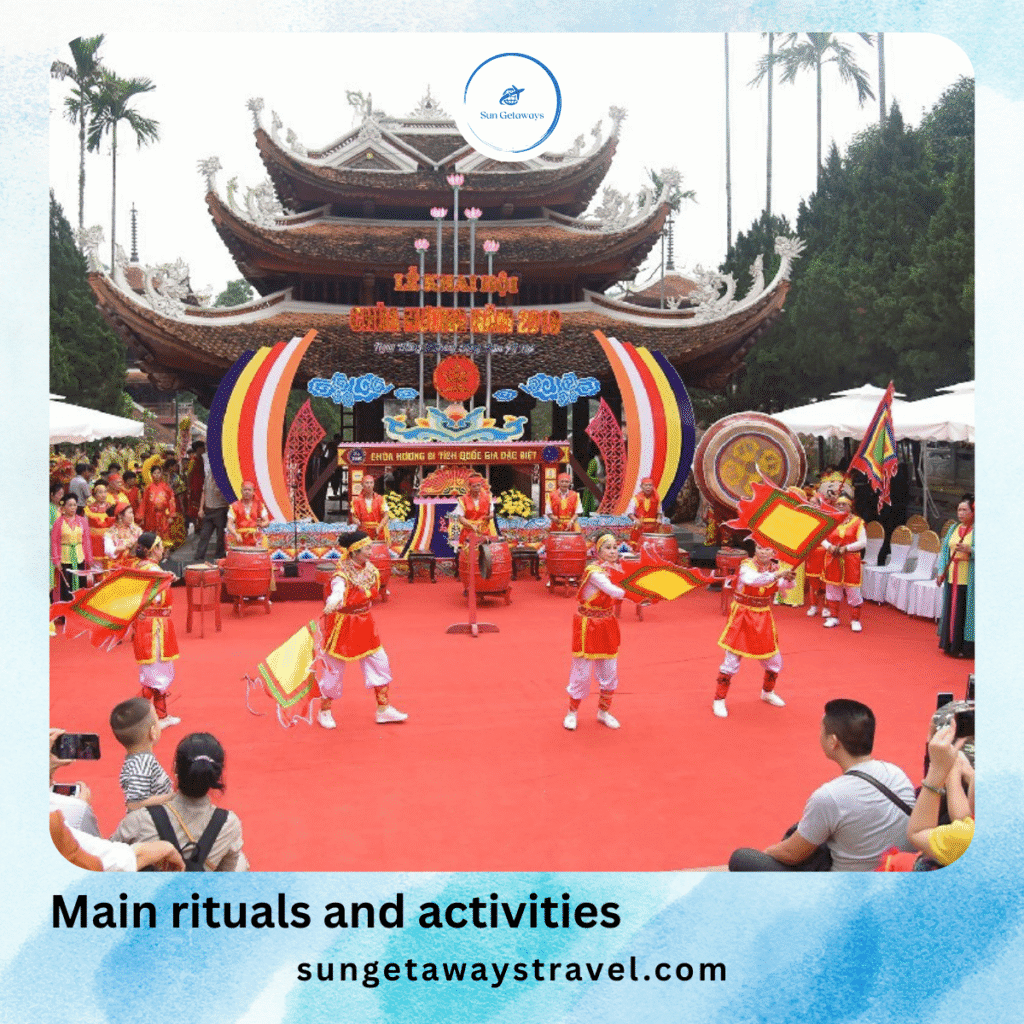

The festival features solemn Buddhist ceremonies where pilgrims offer incense, flowers, and prayers for health, peace, and prosperity. Beyond religious rites, the atmosphere comes alive with bustling activities: boat processions on Yen Stream, climbing the stone steps to Huong Tich Cave, and attending temple rituals. These practices reflect the deep connection between spirituality and community life in Northern Vietnam.
4.4. Cultural significance for Vietnamese people
For Vietnamese people, the Perfume Pagoda Festival Vietnam is not just a religious event but also a celebration of cultural identity. Families and communities gather, reinforcing bonds while participating in age – old traditions. Attending the festival is believed to bring blessings and good fortune, making it a meaningful annual journey for millions of pilgrims.
👉 To better understand how traditions like this shape Vietnamese life today, explore the balance between culture, tradition, and modernity here.
4.5. Performances, and local specialties during the festival
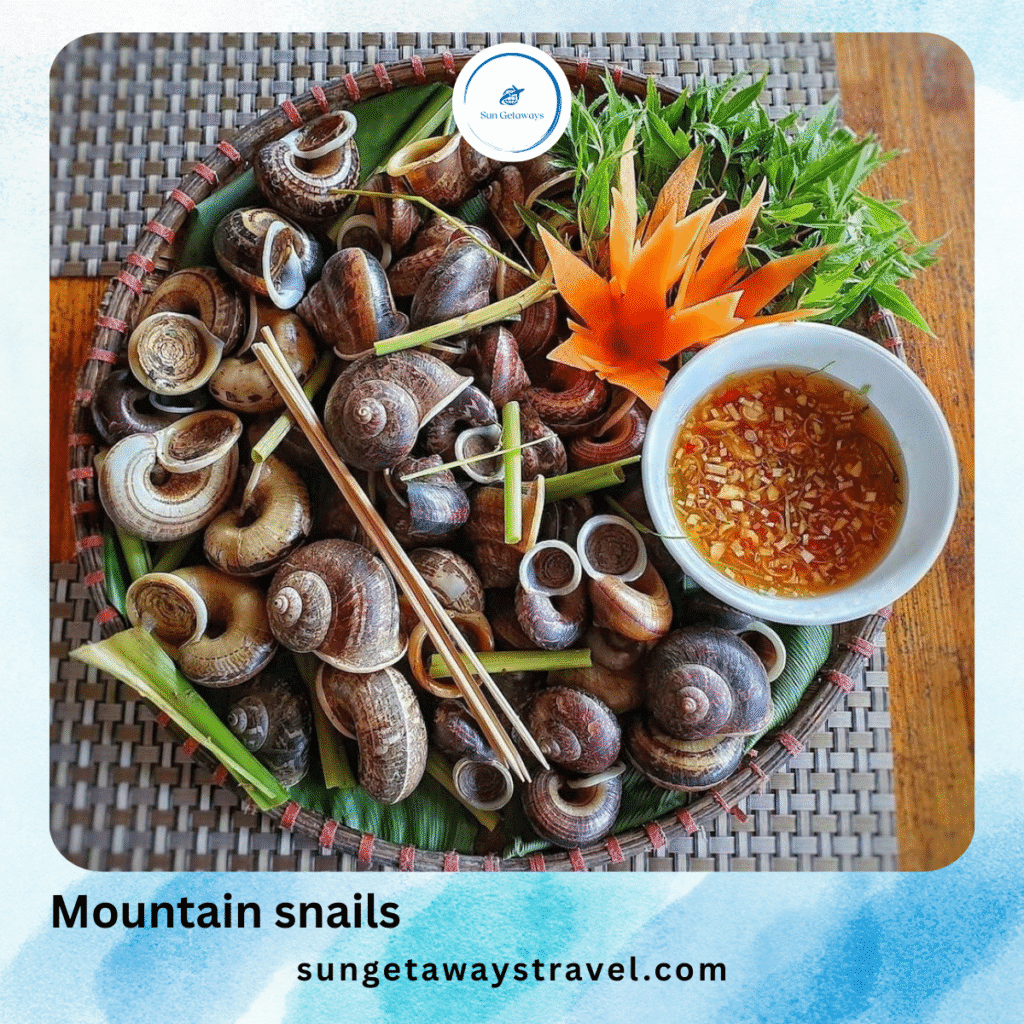

Alongside religious activities, the festival showcases traditional folk games and performances such as chèo singing, chầu văn rituals, and boat racing, creating a festive, colorful atmosphere. Visitors can also sample local specialties like mountain snails, bamboo – tube rice (com lam), and forest vegetables sold by villagers along the pilgrimage path. These cultural experiences make the festival a blend of spirituality and authentic Vietnamese lifestyle.
5. Tips for Visiting Huong Pagoda Vietnam
5.1. What to wear and temple etiquette
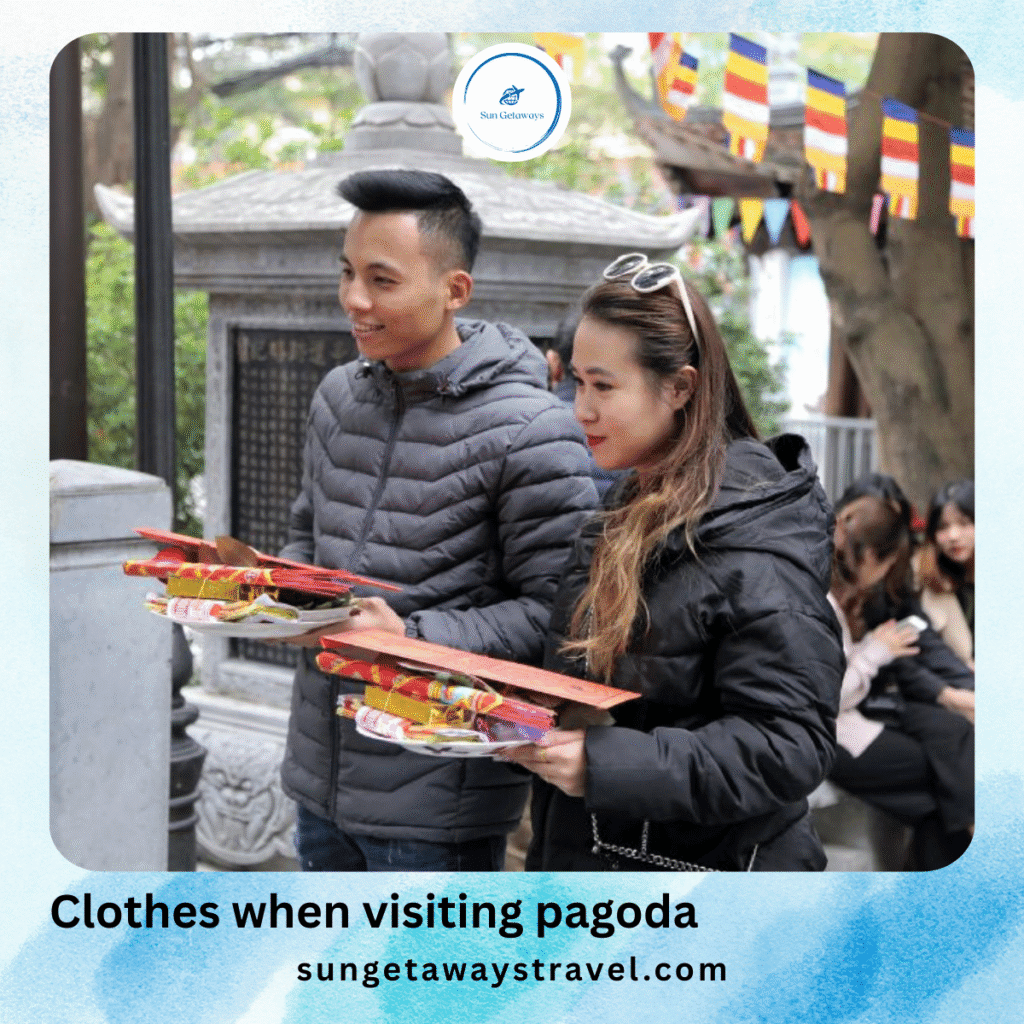

When visiting Huong Pagoda Vietnam, dress respectfully in modest clothing, especially when entering temples and caves. Comfortable shoes are recommended since you will spend time walking, climbing, or queuing for cable cars. Always show respect by speaking softly, not taking photos in restricted areas, and following local customs when making offerings.
5.2. Best time to avoid the crowd
If you wish to experience the pagoda in a more peaceful setting, avoid the peak festival days from the full moon of the first lunar month to the 18th. Visiting either early in the morning or outside the festival season offers a quieter atmosphere, perfect for appreciating the serene landscapes of Yen Valley.
5.3. Huong Pagoda Vietnam – Travel tips for international visitors
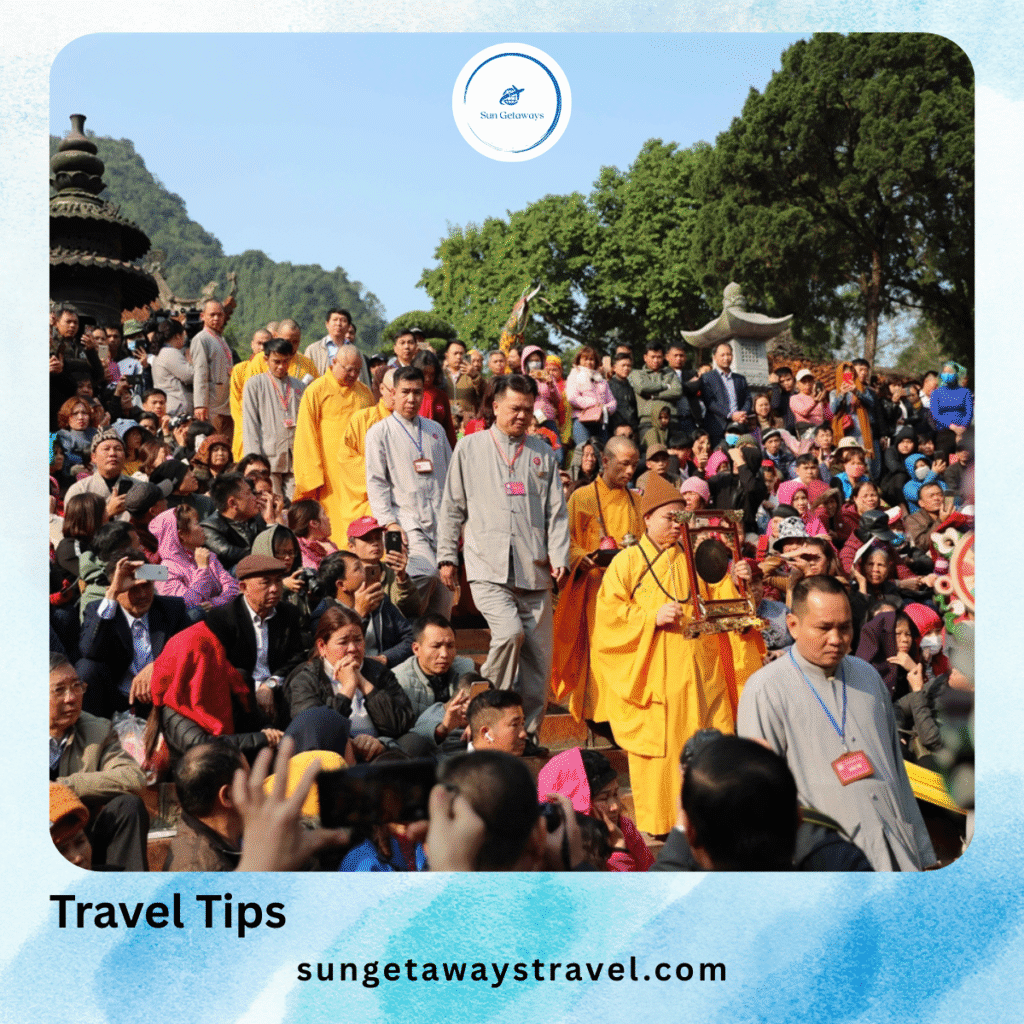

For international travelers, joining a guided tour is often the most convenient way to explore. Guides provide cultural context, help with ticketing for boats and cable cars, and ensure you don’t miss key highlights like Thien Tru Pagoda or Huong Tich Cave. Bringing cash in small denominations is also advisable, as many vendors along the way may not accept cards.
5.4. Safety and belongings management
If you visit Huong pagoda Vietnam in a festival which attracts large crowds, it’s important to keep your personal belongings safe. Carry only essentials, keep valuables secure, and be mindful in crowded boat areas. Staying hydrated and carrying light snacks can also make the journey more comfortable.
5.5. Local food, souvenirs, and things to try
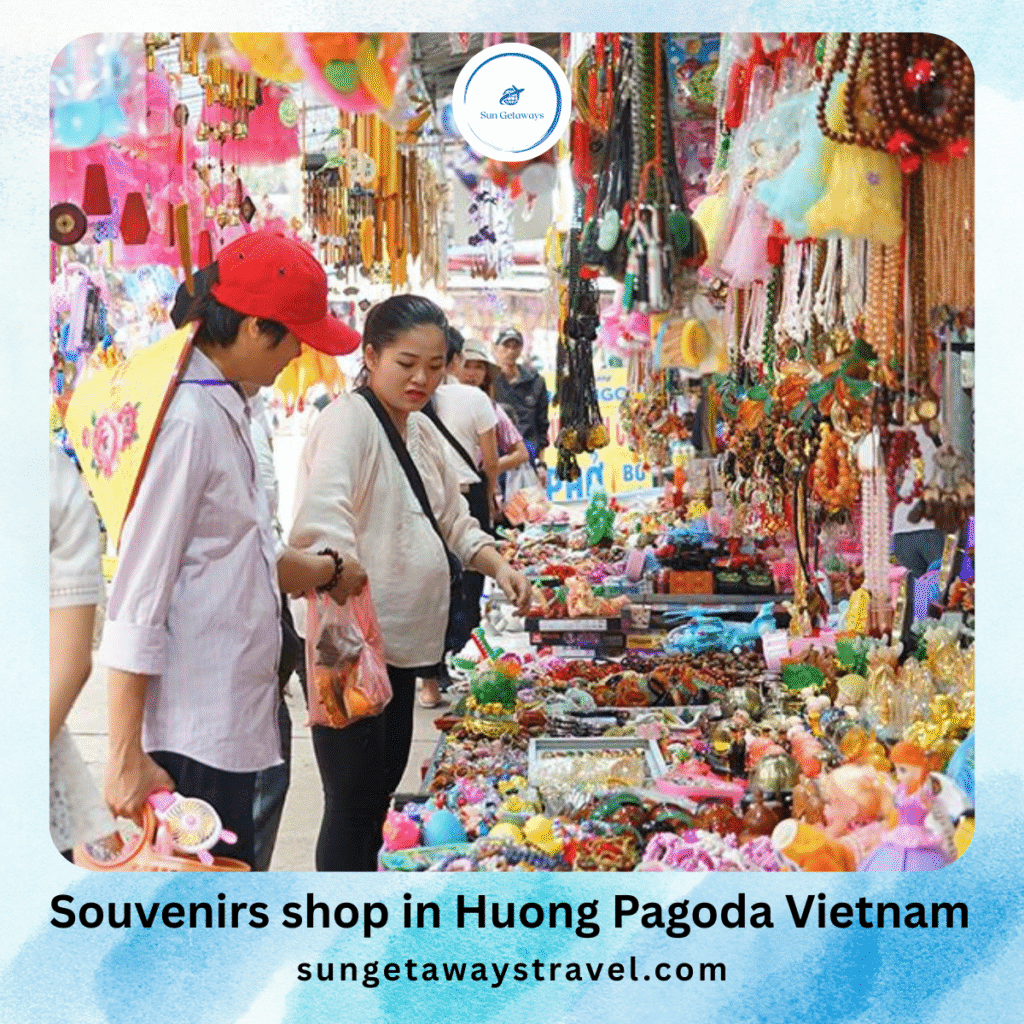

Don’t miss tasting local delicacies unique to Huong Pagoda Vietnam, such as grilled mountain goat, forest vegetables, and snail dishes harvested from limestone streams. Souvenir stalls sell traditional items like prayer beads, incense, and local handicrafts.
Conclusion
Huong Pagoda Vietnam offers more than just a religious site – it is a journey of spirit, culture, and nature. Visitors can admire stunning landscapes, explore sacred temples, and experience centuries of history. Whether you are a pilgrim or a traveler, this destination is truly a must-see in Northern Vietnam. For those seeking a smoother experience, Sun Getaways Travel is here to help – contact us directly via WhatsApp for fast support and personalized travel assistance.
Ask a question
Leave a Comment (0)
No questions yet. Be the first to ask a question!

